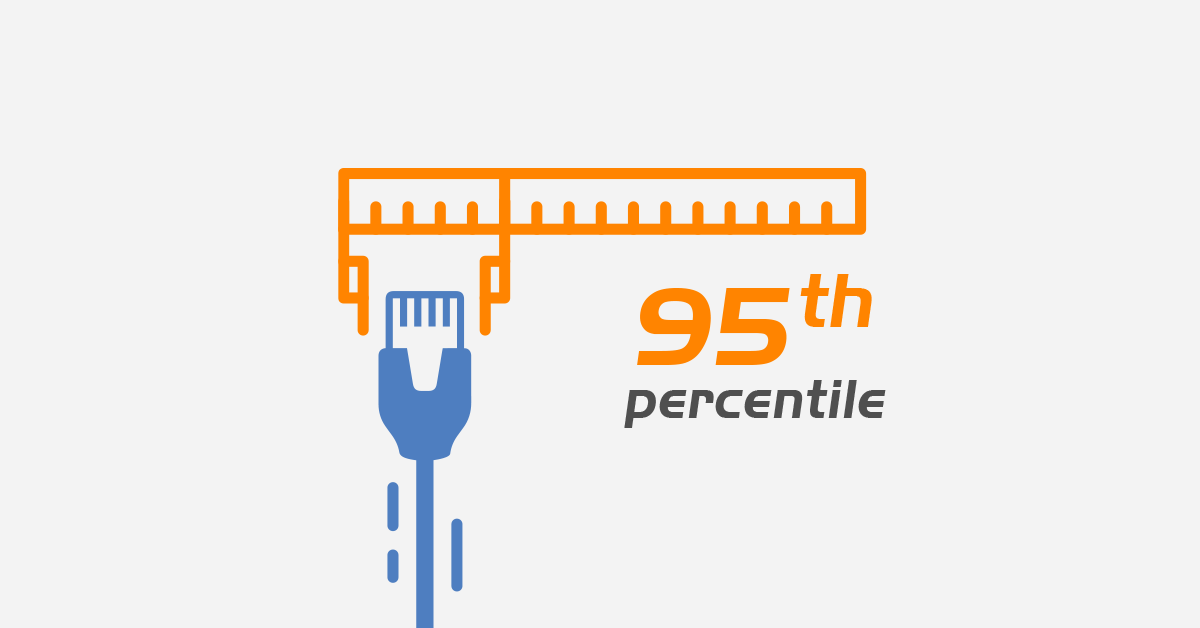Why Uptime and Support Matter More Than Price
When choosing hosting, it’s tempting to sort by the lowest monthly fee. But if your site or game server goes down during a launch or peak playtime, the “cheapest” plan becomes the most expensive mistake. In hosting, uptime and support are the two levers that directly protect revenue, reputation, and user trust. This article explains why they should outrank price on your shortlist—and what to look for in a provider like Torchbyte.
Reliability First: How Uptime Translates to Real Money
Uptime is more than a marketing number. Every minute offline increases abandonment, churn, and ad spend waste. For ecommerce, downtime halts transactions; for communities and games, it drives players to competitors. A provider focused on reliability invests in redundant power, network paths, and proactive monitoring to reduce both the frequency and the blast radius of incidents.
SLAs, SLOs, and What They Really Mean
Look beyond slogans to the actual service level agreement (SLA) and service level objectives (SLOs). Good SLAs define availability targets, response times, and credits. Serious providers also track MTTR (mean time to recovery) and publish transparent incident timelines. If a vendor won’t show their historical performance or a status page, that’s a red flag. You can always check a provider’s public updates—see how we communicate on our site and support channels.
Expert Support: The Safety Net That Price Can’t Beat
Most issues aren’t catastrophic outages—they’re configuration, scaling, or security problems that compound over time. 24/7 human support with real engineers shortens the path from symptom to fix. Fast triage, crisp communication, and root-cause analysis prevent repeat incidents. Ask who actually answers tickets: generalists reading scripts, or specialists who can interpret logs, kernel messages, and performance graphs.
Performance Under Pressure: DDoS, Spikes, and Low Latency
Downtime isn’t only power or hardware failure. Traffic spikes and L4/L7 attacks can produce “brownouts” where the service is technically up but unusable. Choose a provider with DDoS mitigation, autoscaling options, and low-latency network design. For example, our game hosting and VPS plans prioritize latency and stability so communities don’t stall during peak hours.
Total Cost of Outage (TCOO) vs. Sticker Price
A plan that’s €10 cheaper can cost thousands during a single incident—lost sales, support overhead, SLA penalties with your own clients, and brand damage. Evaluating total cost of ownership means including risk cost: the expected loss from downtime multiplied by the probability of failure. Providers that invest in observability, change control, and post-mortems reduce that risk—often saving you more than the headline discount.
What to Look For (Checklist)
- Clear SLA: Availability target, response and resolution times, credits that actually matter.
- Proactive monitoring: Alerts, on-call rotations, and automated remediation where appropriate.
- Transparent communications: Status page, incident write-ups, and maintenance calendars.
- Security posture: DDoS protection, isolation, timely patching, MFA/SSO for panels.
- Scalability: Easy resource upgrades for CPU/RAM/storage and burst handling.
- Competent support: Engineers who can debug networks, kernels, and apps—not just restart services.
How Torchbyte Puts Uptime and Support Ahead of Price
Our philosophy is simple: reliability first. We build for consistent performance and fast recovery, then price competitively. Whether you’re running a community server on Game Hosting, scaling an app on VPS, or need dedicated resources on Dedicated Servers, the stack, peering, and support processes behind the scenes are designed to keep you online.
FAQ: Uptime and Support vs Price
Isn’t 99.9% the same everywhere?
No. One provider may front-load maintenance in short windows and recover faster; another may suffer multi-hour incidents. The distribution and handling of downtime matter as much as the percentage.
How do I evaluate a provider before migrating?
Ask for sample SLAs, response-time targets, migration assistance, and references. Spin up a trial VPS, test latency and throughput from your users’ regions, and review their documentation and status history.
What if I’m budget-constrained?
Start with a right-sized plan from a reliable provider and upgrade as you grow. Strong support and uptime lower your hidden costs and let you focus on building, not firefighting.
Ready to switch to hosting that treats uptime and support as non-negotiables? Explore Torchbyte VPS, check our Dedicated Servers, or start a Game Server with low latency. If you need help deciding, our team is here to recommend the right plan for your workload.



